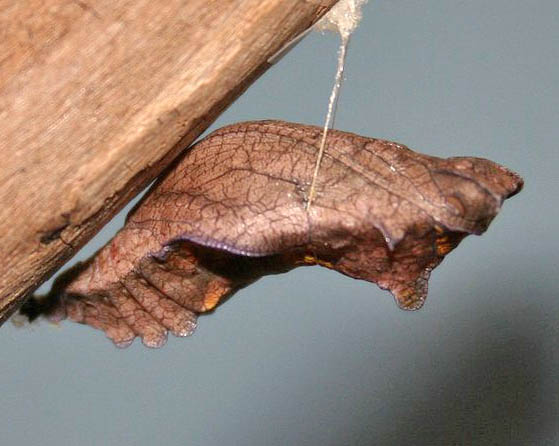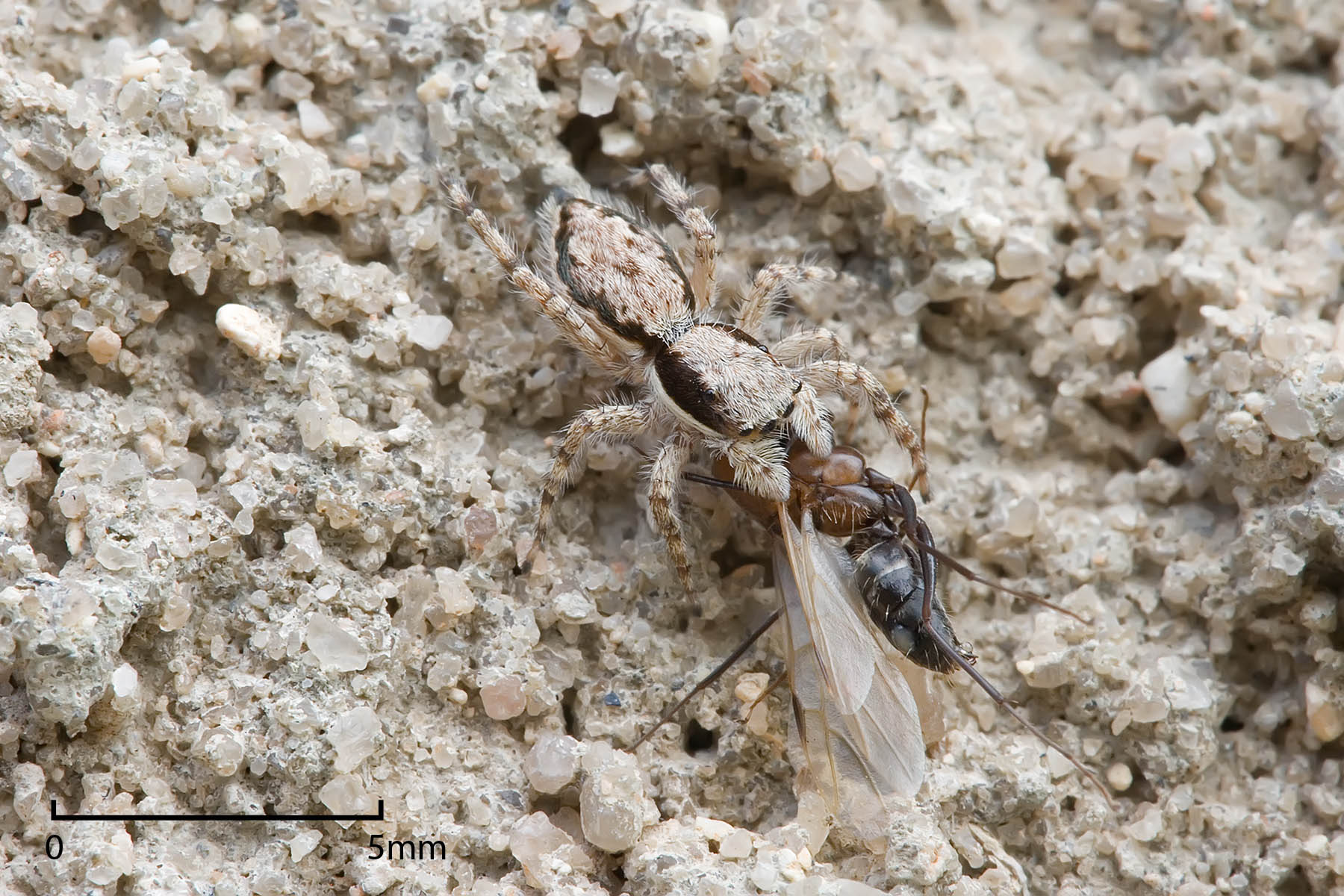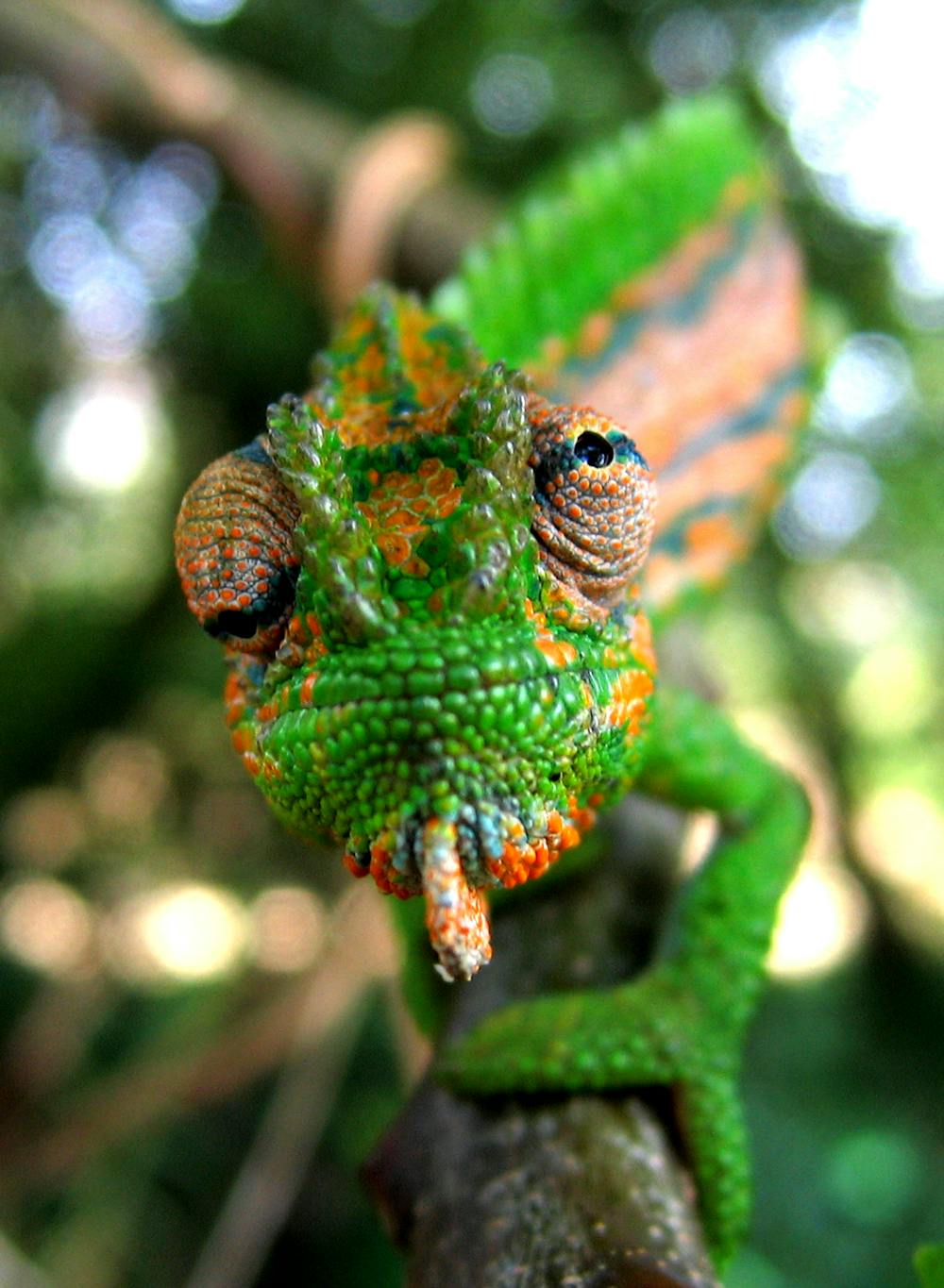Clever! Why Do Some Animals Develop The Ability To Camouflage
Billions of accidents over millions of years. Predators and prey alike use camouflage to avoid detection.

How Do Chameleons And Other Creatures Change Colour
To attract a mate.

Why do some animals develop the ability to camouflage. How do they do it. This ability can be divided into four types. Curious researchers from the University of Exeter and the Kunming Institute of Botany wanted to know the extent of which plants use camouflage in the wilderness and so they embarked on a research project to.
Animals need camouflage to hide from predators in the wild. Camouflage is developed through the application of Natural Selection. Here we would expect that individuals of species that can change colour fairly slowly show background choice with choice changing to maximise camouflage as the animal changes colour.
A species camouflage depends on several factors. The accepted evolutionary theory is. Zebras do not camouflage for predation purpose when they predate grass grazing.
The ability to stay undetected by prey gives the hunter the advantage of a surprise attack. Even some plants exhibit this innate ability. As a consequence they dont stand out when you look at them.
Why do animals use camouflage. Not a wildlife or science expert but animals have developed camouflage or other markings on their body over many generations through evolution. Camouflage also called cryptic coloration is a defense or tactic that organisms use to disguise their appearance usually to blend in with their surroundings.
This is known as camouflage. Exploring animal camouflage and coloration is a great way to help youth learn about animals and the way they interact with their world. Some animals have the ability to change their colors and patterns to help them blend in with their surroundings.
One animal that uses camouflage to hide in its surroundings is the stone flounder a flat fish that lies on. Scroll To Start Quiz. This is not to suggest however that it is a conscious decision on the part of the species in question.
Take this quiz to see how much you know about animal camouflage. To hide from predators. Some types of camouflage are also used to disguises animals as something else Camouflage is a natural phenomenon used by plants and animals to blend into their environment.
Differences in individual appearance frequently arise due to the ability of some animals to change colour Duarte et al 2017a. Examples of Camouflage in Animals. Predators use camouflage to sneak up close to their prey undetected so they can eatCamouflage is a method of crypsis hiding.
Answer 1 of 5. Many ocean animals have the amazing ability to camouflage themselves to blend in with their surroundings. Development of camouflage occurs because of a random.
Animal bodies have colors patterns or textures that mimic the background that they are up against. There are different types of camouflage and some animals use more than one kind. It could be as simple as a foxs.
But before we get there lets quickly recap how evolution works in general. They even have leaf-like veins on them. Organisms use camouflage to mask their location identity and movementThis allows prey to avoid predators and for predators to sneak up on prey.
Insect and other animal camouflage is the result of accidents. Animals that camouflage themselves. Ever wonder why some animals are camouflaged allowing them to blend in with their surroundings while other are brightly coloredWhy do some animals have spots and stripes while others are a solid color.
Camouflage can also help animals sneak up on their prey. So the question boils down to Are there any animals that are not well camouflaged and the answer is always Yes. Generally speaking at some point there were probably zebras or any other camouflaged animal that didnt have stripes or well defined stripes so it stuck out more to predators and.
This is the easiest way to hide from predators and it even includes slowing the animals breathing rate. Some animals have this intriguing ability and most of them use it for camouflage. Camouflage is an emergent behaviour see Emergence in the process of evolution.
Other animals change colors with the season. Camouflage also known as crypsis is the ability of some creatures to avoid being detected by other animals. The Lilac-breasted roller just to name a nice colorful species is very poorly camouflaged and feeds on various insects.
Animals such as octopuses and flounder fish can quickly change their appearance. Some creatures have colours that help them to merge with their surroundings while others change their colour to do the same. This pipevine swallowtail caterpillar is turning into a butterfly.
It doesnt know any more than the words of a cake recipe know what a cake should look and taste like. This butterfly merges with the bark of the tree. Some animals use scent camouflage.
Simply put species develop camouflage because it has a survival benefit perhaps it helps them hunt or helps them not to be hunted. Camouflage can help animals protect themselves from predators as they can blend into their surroundings so a predator may swim by without detecting them. The wings of some butterflies like the curve-toothed geometer look like leaves.
But animals arent the only life forms that blend in with their surrounding environment. Some animals use color as protection but not for camouflage. This allows prey to.
Camouflage also called cryptic coloration is a defense or tactic that organisms use to disguise their appearance usually to blend in with their surroundings. One of the most common tactics is background matching. How and why Animals Developed Camouflage.
One of the most widespread defensive strategies of animals is camouflage or the ability of an organism to blend in with its surroundingsCamouflage can be as simple as being the predominant color. There are many ways animals camouflage themselves. Updated November 15 2017.
Organisms use camouflage to mask their location identity and movement. Click for more detail. An animals color shape or skin texture can help them blend in with their environment.
Camouflage for a predator may help that animal to remain unnoticed while hunting.

Animals In Camouflage Ask A Biologist

Animals In Camouflage Ask A Biologist

Animals In Camouflage Ask A Biologist

Animals In Camouflage Ask A Biologist

Color Changing Animals Explained

The Art And Science Of Blending In Lindsay Wildlife Experience

Can You Spot The Owl Hiding In These Pictures Pet Birds Potoo Bird Nocturnal Birds

How Do Chameleons And Other Creatures Change Colour

Camouflage Varies From Species To Species But An Animal S Environment Is Often The Most Important Factor In How It Appears Animals Camouflage Best Camouflage

Adorable And Horrifying Animal Facts Infographic Animal Infographic Animal Facts Dog Infographic

Pin By Lukus Gilpin On Character Design Creature Design Anime Art Creature Art Mythical Creatures Amazing Beasts

Robertclarkphoto Australia Sipping In Water From His Back An Australian Lizard The Thornydevil Demonstrates It Ability To Mo Weird Animals Animals Lizard

Animal Camouflage Pictures And Information For Kids Animal Adaptations Experiments Animal Adaptations Animals

What Is Camouflage Definition Camouflage Animals Examples

Animals In Camouflage Ask A Biologist

Adaptations Mimicry And Camouflage In Evolution Distance Learning Mimicry Life Science Lessons Life Science Activities



Comments
Post a Comment